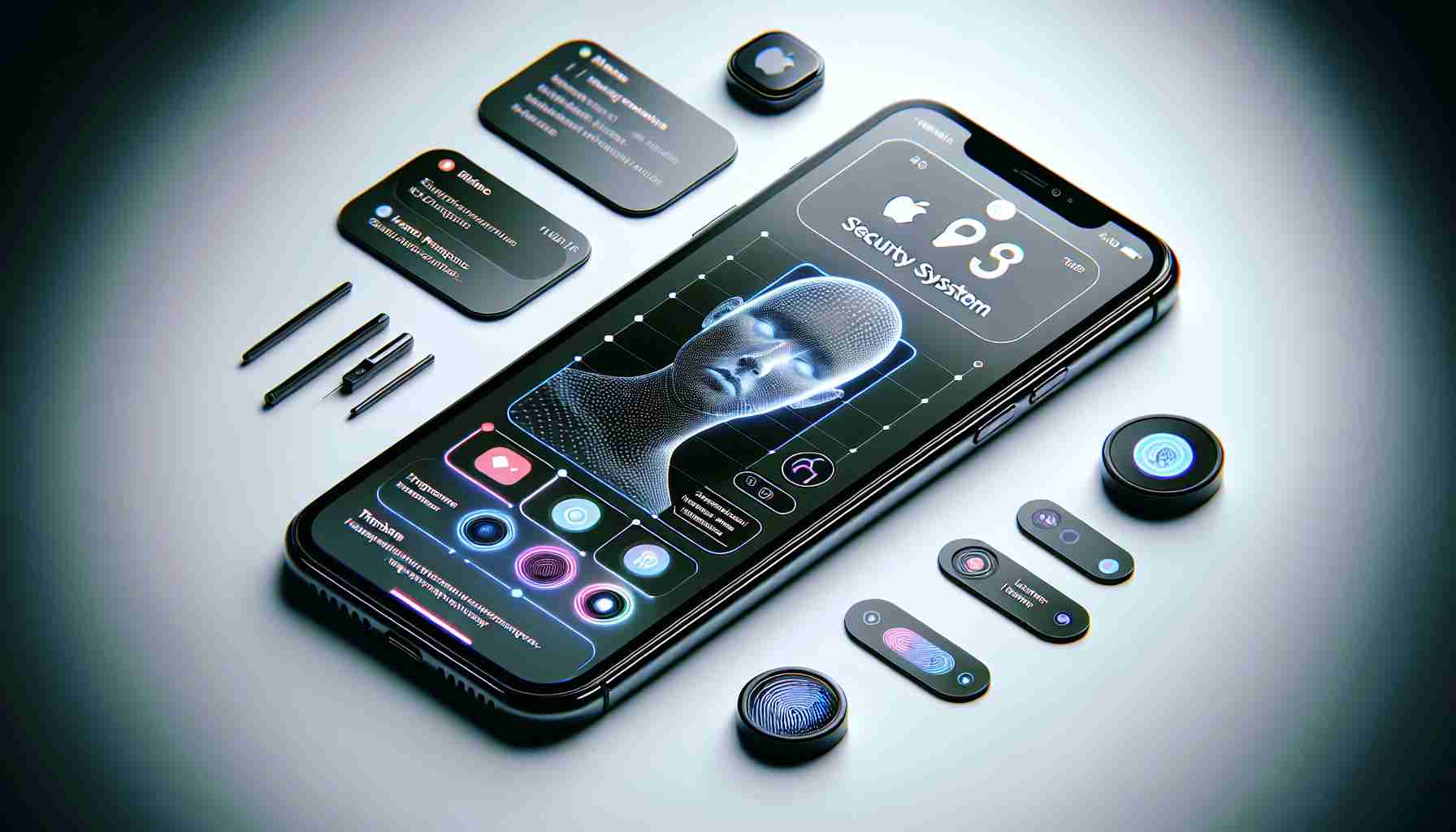On September 12, Apple unveiled a new initiative aimed at increasing the security of its iPhones against theft. The latest measure involves the introduction of activation lock features for key components of the device. This could stir some debate, as users who have repaired their phones with parts from other stolen devices might find their smartphones rendered inoperable.
Apple has long been proactive in finding effective strategies to curb the rising issue of iPhone theft. While the devices are not equipped to physically deter thieves, the company has developed mechanisms to prevent the utilization of stolen phones.
Key features such as Find My and Activation Lock have already been integral in this fight. The Find My function allows users to locate lost or stolen devices, even when powered down, while Activation Lock prevents unauthorized access to the device without the original owner’s Apple ID and password, regardless of factory resets.
In a recent update, Apple announced its plan to extend Activation Lock functionality to crucial iPhone components. This means that if a component is suspected to have originated from a stolen device, its capabilities will be severely limited. The technology links the user’s Apple Account to specific parts, such as batteries and cameras, based on their serial numbers.
Though this is a significant stride in deterring theft, it may not eliminate the problem completely. Some potentially willing to overlook calibration issues may resort to using unauthorized repair parts, yet the majority are likely to shy away from devices showing clear signs of tampering or theft.
Apple Takes Bold Steps to Combat iPhone Theft: A Comprehensive Overview
On September 12, Apple announced a new initiative aimed at further securing its iPhones against theft. This initiative builds on a long-standing commitment to mitigating device theft, which represents a growing concern for both consumers and the company alike.
What New Measures Are Being Introduced?
Apple’s recent developments in theft prevention feature an expanded activation lock that not only secures the entire device but now also ties critical components to the user’s Apple Account. This ensures that if vital parts—such as batteries or cameras—are found to be from stolen devices, their functionality will be restricted, rendering them nearly useless. This move is especially pertinent considering the rising trend of device component theft, where thieves dismantle devices for their parts.
What Do We Know About iPhone Theft Trends?
Statistics from various sources indicate that smartphone thefts, especially iPhones, have surged in urban areas. For instance, a report from the New York Police Department revealed that approximately 40% of all robberies in the city involve the theft of smartphones. Apple’s proactive measures, including the introduction of these component-specific activation locks, are a direct response to these alarming trends.
Key Challenges and Controversies
While Apple’s innovations are undoubtedly a step forward, they are not without controversy. One key challenge is the potential for unauthorized repairs. If users attempt repairs with components not sanctioned by Apple, they risk rendering their devices inoperable. This could lead to frustration among users who may inadvertently purchase secondhand parts, believing them to be legitimate.
Another challenge lies in the balance between security and usability. Critics argue that such stringent measures may inadvertently punish honest users who may encounter issues unrelated to theft or tampering. There is also concern over the possible black market for unauthorized repairs that may flourish as a result of these restrictions.
Advantages and Disadvantages
The introduction of enhanced activation locks provides numerous benefits:
– Enhanced Security: The new feature significantly reduces the resale value of stolen iPhones and deters potential thieves.
– User Awareness: As Apple continuously raises awareness about device security, users are likely to adopt better practices.
– Lower Insurance Costs: With reduced theft rates, insurance costs for devices may decrease over time.
However, there are notable disadvantages:
– Repair Challenges: Honest users might face hurdles in getting legitimate repairs, especially as repair shops struggle to comply with these new restrictions.
– Increased Repair Costs: Authorized repairs may come with higher price tags, as third-party repair options could be limited.
– Frustration Over Component Locking: Users might find themselves dealing with unexpected device malfunctions linked to component locking, leading to dissatisfaction.
Conclusion
Apple’s strides in combating iPhone theft demonstrate a robust commitment to security. Nonetheless, ongoing challenges must be navigated to ensure that their efforts do not impede the user experience. By addressing these questions and concerns head-on, Apple can continue to innovate while keeping its users informed and satisfied.
For more insights into Apple’s security measures and related news, visit Apple.























